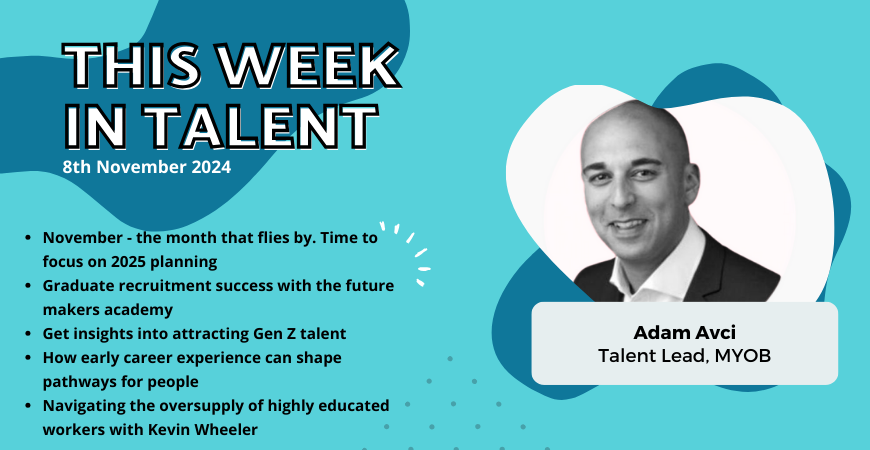With its genesis in call centre management, workforce optimisation was designed to improve rostering solutions. Workforce optimisation has evolved and takes a broader consideration of workforce risk and the potential impact on productivity and service levels. The application of workforce optimisation allows executives to evaluate of alternative mixes of permanent and Contingent Workforce options.
As workforces become more complex due to multiple employment options, changes in the nature of work, and workplace expectations about flexibility and autonomy, optimising the workforce has become more challenging. Managing workforce risk is a fundamental consideration in the workforce planning process.
Identifying the right starting place is important. Three fundamental issues should be addressed as part of the workforce plan and these include:
- What positions are critical?
- What are the current and future labour market conditions?
- What is an acceptable level of workforce risk?
Defining Critical Positions
Defining critical positions allows the workforce planning process to focus on the most important roles. Criteria for critical positions are likely to be based on:
- Add the greatest value toward different organisation KPIs;
- Fundamental to the achievement of the strategy;
- Should be limited in number.
Defining the criteria is the easy part, reaching consensus among executives and other stakeholders is more difficult. It may be necessary to identify measures for the selected criteria and combine these into a decision support tool to aid consensus. This approach should be based in objectivity and difficult to game.
Critical positions could have specialised capabilities with defined knowledge, skill and experience requirements. Some positions could have specific organisational intellectual property, which may be coupled with major investments in knowledge and skill development. Such specialised capabilities may be in high demand across the labour market.
Understanding Labour Market Conditions
Developing an understanding of the labour market’s demand and supply by occupation, industry, location and cost is crucial. Publicly available data from the Australian Labour Market Portal including the interactive tools and reports, with the insights report on employment projection, currently out to 2023, provide good macro level insights.
Occupations are sorted by ANZSCO codes, with data available at the unit group level (over 350 occupations). Employment data is available for the 19 ANZSIC industries, with data available to the group level (over 170 sub-industries). This data enables a comparison between employment and workforce levels.
As employment growth varies industry, this information can be used to identify where surplus workers may become available. Out to 2023, most of Australia’s employment growth is expected in Health, whereas the Manufacturing and Agriculture will decline. Some occupations in these industries could be potential labour sources.
Location data shows differences by region, which may indicate where excess demand and supply exists, and lead to decisions about where work could be based. This information gives the HR team insights about the labour force to allows informed conversations with recruiters.
Understanding workforce costs is critical for both permanent and Contingent Workforces. Costs are a function of skill and experience levels and relative availability in the market. Contingent worker hourly rates are likely to be higher than equivalent permanent workers. The ability to set a fair wage premium for contingent work is an essential planning factor.
Assessing and Managing Workforce Risks
Critical positions and labour market factors are closely linked, and are indicators of workforce risk. This data should lead to discussions about what roles should or could be permanent or contingent.
Many organisations assess business and operational risks through a likelihood-consequence matrix to determine the severity of the risk. Actions are designed to mitigate and reduce the risk level. Subsequent assessments can be developed to assess the level of residual risk. Workforce planners should use existing frameworks, in preference to developing new models.
Workforce risk assessments are complex, and involves aspects including capacity (size), capability (qualifications, skills and experience), commitment (leadership and culture), and systems (including Human Resource Information System (HRIS), Managed Service Provider (MSP), Vendor Management System (VMS) and Contract Management Outsourcing (CMO)).
The temporal dimension should be considered to operational and workforce continuity. Operational continuity is linked to the service levels required. Workforce continuity is based on how long a position can remain vacant before it needs to be filled. Both operational and workforce continuity have risk tolerances, which will vary between industries and firms.
Within organisations, workforce risk statements can be typically expressed as either:
- Failure to do something, such as developing a compelling EVP or implementing effective learning and development programs;
- Inability to manage something due to a lack of internal systems, such as no VMS.
Failure type statements lead to changes to HR practices whereas inability type statements may require capital investments.
In conclusion, developing and optimising a total workforce solution is becoming more challenging through changes in the nature of work, workplaces and workforces. However, the basics of defining critical positions, understanding the labour market and assessing workforce risk remain relevant.
________
ANZSCO – Australian and New Zealand Standard Classification of Occupations
ANZSIC – Australian New Zealand Standard Industrial Classification
________
While I am an employee of EY, these observations and opinions are my own.
Cover image: Shutterstock
This article first appeared on LinkedIn on 1 November 2018.
Want to learn more about how you can manage your Contingent Workforce better? Join us at the Contingent Workforce Workshop 2018 in Melbourne or Sydney to learn the skills, models and case studies you need!






























